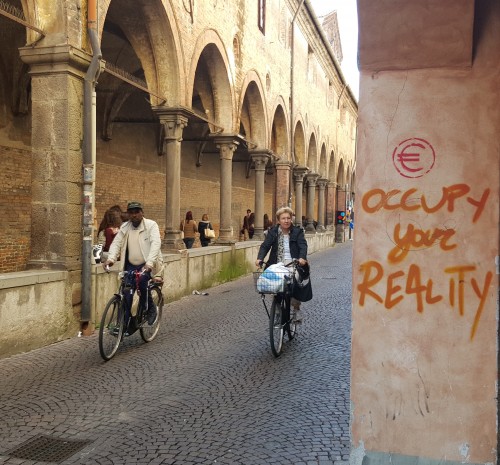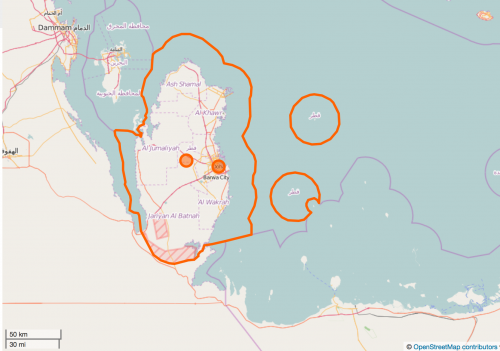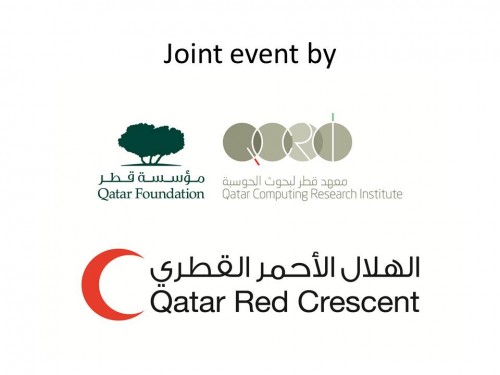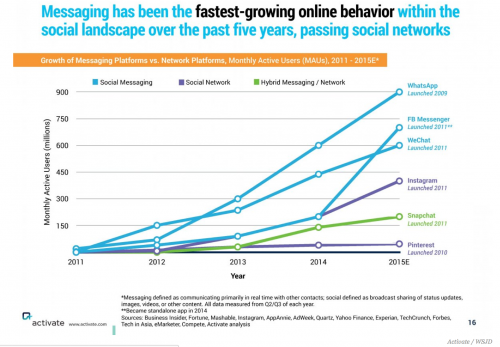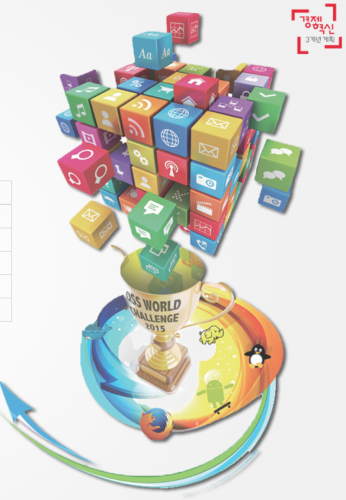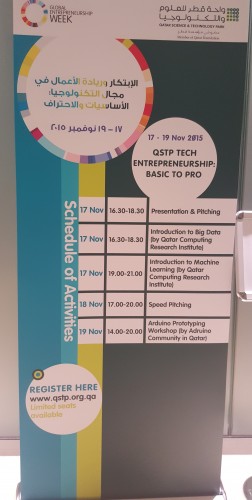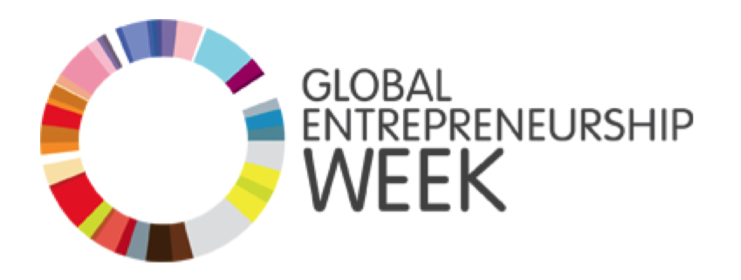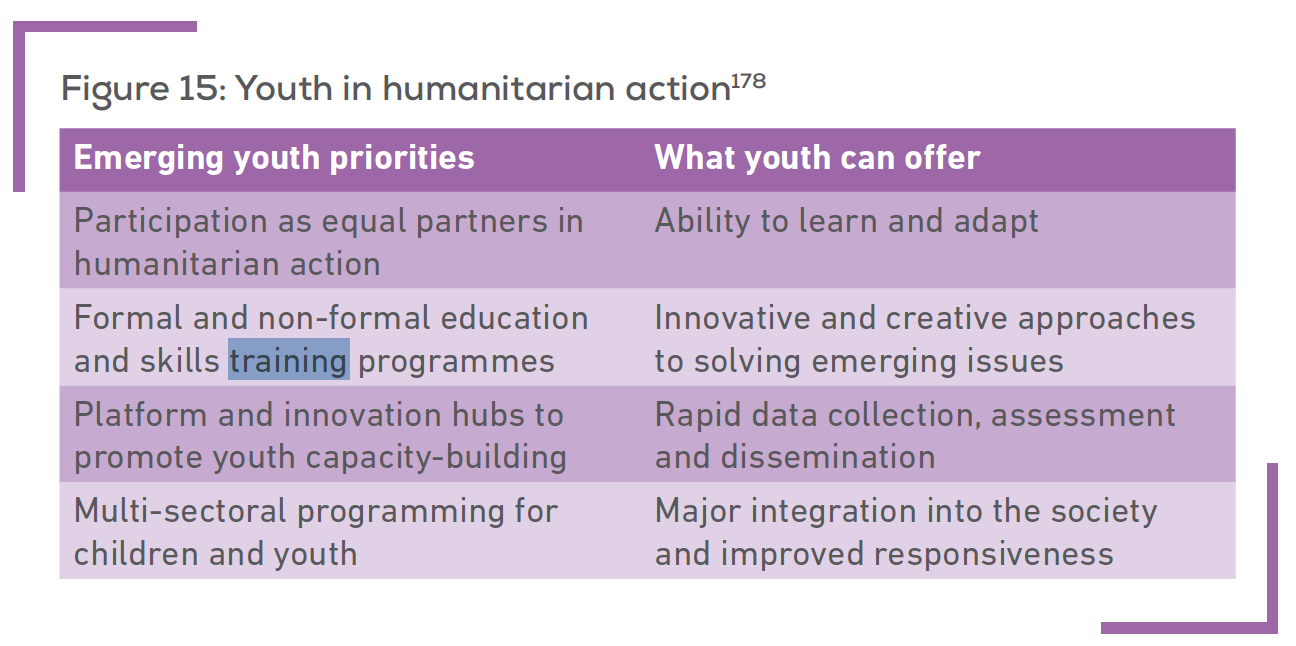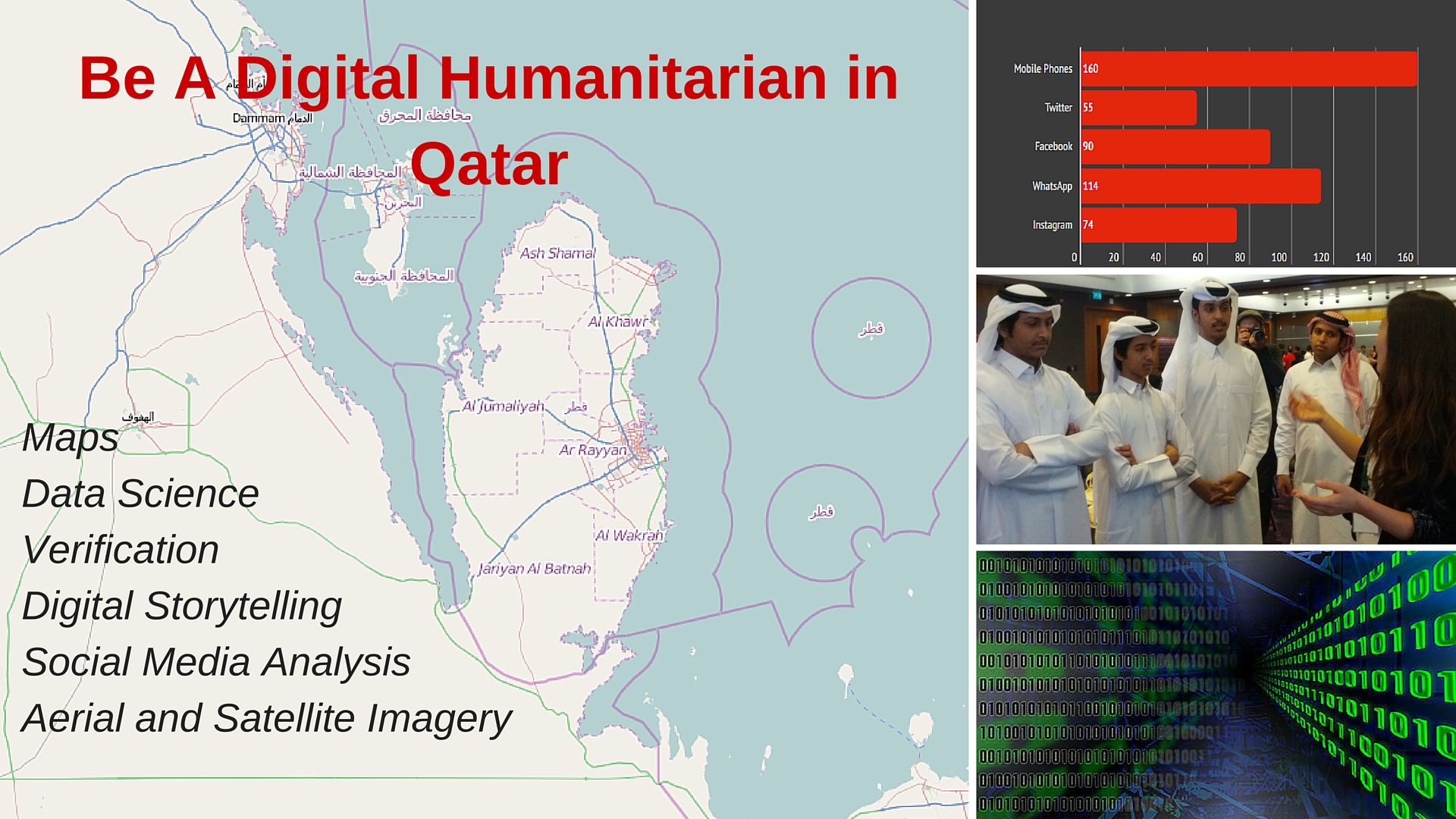Harvard Humanitarian Initiative is hosting a Data and Technology Humanitarian Response Workshop this week. I’m delighted to attend on behalf of Qatar Computing Research Institute. This occasion gives me pause to reflect: Where is humanitarian technology going, what are the gaps, what are the new research questions, what is innovative, what needs remixing, what have we learned and what does implementation look like? Certainly, this burst of questions are not something a blog post can address. But, it is my expectation that smart people are working on these items and syncing up to collaborate is essential.
Humanitarian Innovation: Where is the parallel stream
In October, the World Humanitarian Summit held a Global Consultation in Geneva. There was an Innovation Marketplace with small NGOs, large NGOs, technology companies and Digital Humanitarians. Representing OpenAerialMap (OAM) on behalf of Humanitarian OpenStreetMap Team, along with my colleague Nate Smith from Development Seed, I spent the day talking with our fellow presenters and some of the participants. A conference and marketplace/demonstration hall is never fully representative of what is happening globally in the field, but it was a snapshot of a certain view. Humanitarian Innovation Fund had a few of their successful projects demonstrating their work on exciting projects like 3D printing and our OAM (aerial imagery platform). There was a virtual reality space and some demonstrations. Catching up with Bob Marsh from Inveneo lit up this idea that parallel systems matter. I mention these small highlights because there was a distinct gap.
The Innovation Marketplace was not enough to actually represent or connect people doing true innovation in the field, including Humanitarian technology. Early summaries from the WHS cite more localized support and even digital training (the WHS Youth agenda). Where will the real work happen to 1. identify which innovations (specifically humanitarian technology) that need to be supported 2. build a plan to implement them. This is still super unclear for me. Innovators don’t wait for conferences or research papers to deliver. Sure, there is a keen eye on the high level conversations and a hope that there will be increased support for the various streams of activities. Negotiations will happen. People will write more reports. Yet, the world keeps turning. Simply put: some of the priorities, activities and innovations cannot wait for large NGOs and the UN to get on board. It is the hallways and community centers in small local spaces that will really do the shining.
If the observations and suggestions truly mean to deliver, it needs more strong support from business, NGOs, donors and you. Sitting in Geneva made me again realize that we need stronger parallel systems to succeed. We need a humanitarian technology roadmap. It would help to have local, multi-lingual side events online and in person focused on doing instead of more writing more reports. If we are really going to ReShapeAid, then it is time to dig in and build some true lightweight infrastructure to actually implement things that are needed. There are many activity streams which are truly critical with Transforming through Innovation is one small corner, but it is the corner I know well. Technology is not always the answer. But people use the internet, they create things and use their mobile phones. We need to reclaim “innovation” and “disruptive innovation“. In all the reports, bylines and marketing campaigns, it has gotten buried as a punchline rather than true grit. As Panathea Lee pointed out with User Centered Design, we need to be careful to not lose track of implementation and delivery.
Some of the research and implementation areas that I am excited about include: mobile (messaging), imagery (aerial, satellite), translation, citizen participation, edtech, citizen science, web of things, civic technology, open hardware, blockchain, and, of course, location. There are pockets of amazing innovation and technology coming from the UN and other organizations. But, we can do more with collaborative spaces. There is much to learn from the Open Source and Agile Startup models to really knock it out of the park on humtech (humanitarian technology). I am not stating that we hackathon our way to change, but the chasm between the technology communities, affected communities and humanitarians needs some strong coordinated planning and more delivering. How can we get more technology companies supporting the growth of humanitarian technology? If the humanitarian spaces and research institutes are slower, what are other ways to get things moving?
Example: Digital Technology & Digital Humanitarians (Responders)
Digital, volunteer/technology communities and civic technology communities are consistently delivering during emergencies. Some recent efforts include the Nepal earthquake, collaboration on the Ebola response and now the refugee crisis. There were many efforts that shine in this space of digital participation and response, but to name a bias few: Humanitarian OpenStreetMap Team, Standby Task Force, Missing Maps, NetHope (Tableau collaboration), PeaceGeeks (Service Advisor) and Kathmandu Living Labs.
Impact examples:
- Kathmandu Living Labs – Nepal Earthquake
- Ebola response with Doctors without Borders (MSF), Humanitarian OpenStreetMap Team, Missing Maps
- PeaceGeeks Service Advisor for Refugee Support
There are many more articles, reports, research articles and the like on the impact of digital humanitarians. However, what is missing is the bridge between proof of concept and real concrete sustainable support.
For the past 5 years, many digital humanitarians/digital responders have worked/volunteered alongside humanitarians and the NGO machine. Truly it is a gift that all these people volunteer their time, energy and skills to assist on the information overload and citizen engagement gaps that new technology like social media opens. Reading all the World Humanitarian Summit reports on the goals, needs and suggestions, I keep asking the question around Humanitarian Innovations – What will implementation look like?
We are not looking for a free ride, but what is going to take to open this door?
Volunteer and Technical Organizations have proven their impact and considered essential to the humanitarian information workflow. Some of those organizations setup small NGOs to support the large volunteer bases with lightweight documentation, staff and servers. The collaborative spaces are organically growing. Civic technology communities globally are connecting inside the digital humanitarian communities. One of my favourite examples was the support from the Japanese civic technology community of the Nepal civic technology community after the Nepal Earthquake. The Nepal OpenStreetMap guide for identifying buildings was translated into Japanese to support remote mapping efforts.
Considering the small corner of potential that humanitarian technology can deliver for affected communities and humanitarians, it is time to rethink how we can collaborate using the best of minds, best of technology and some sheer grit. We need spaces like the Digital Humanitarian Network in many parts of the world with local language, local knowledge and local culture. While digital humanitarians is one example, there are many other humanitarian innovations that do not get the financial support they need to really succeed. The donor model is set up for traditional NGOs. Some of these digital organizations don’t completely qualify as social technology companies/social entrepreneur startups. Fortunately, there are some bright spots like the Humanitarian Innovation Fund or the various NGO supported Hubs/Labs that are supporting some local humanitarian technology. But how do we get more concentrated humtech accelerators and donors for bright innovations? If digital humanitarians are not NGOs and not social entrepreneurship businesses, what is the long term sustainability?
[Disclosure: I am on the Board for Humanitarian OpenStreetMap Team and PeaceGeeks. Previously, I worked at Open Knowledge and Ushahidi. For Crisis Commons in 2010, I did a short research project about the innovation community. And, I am part of the event team at CrisisMappers. Currently I work at Qatar Computing Research Institute]
